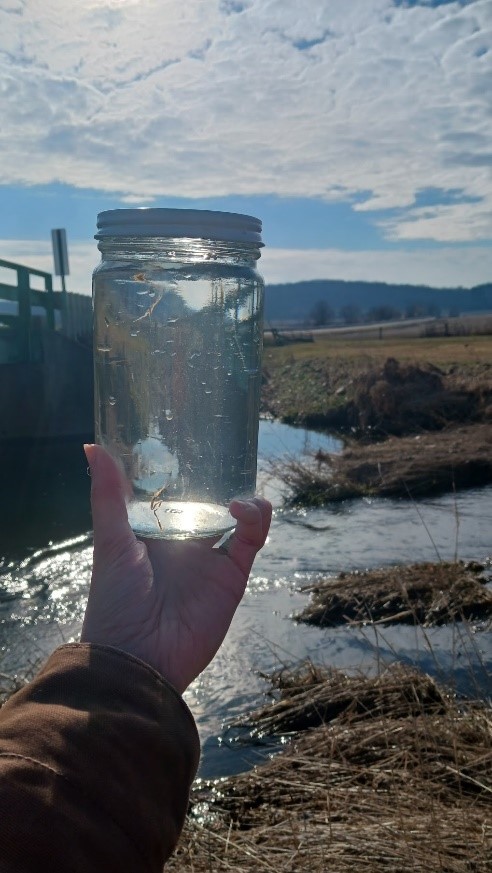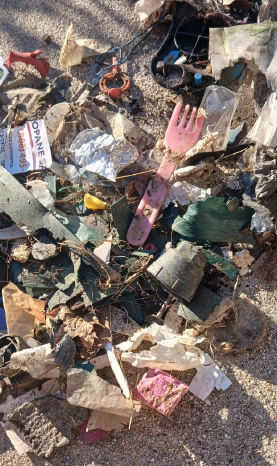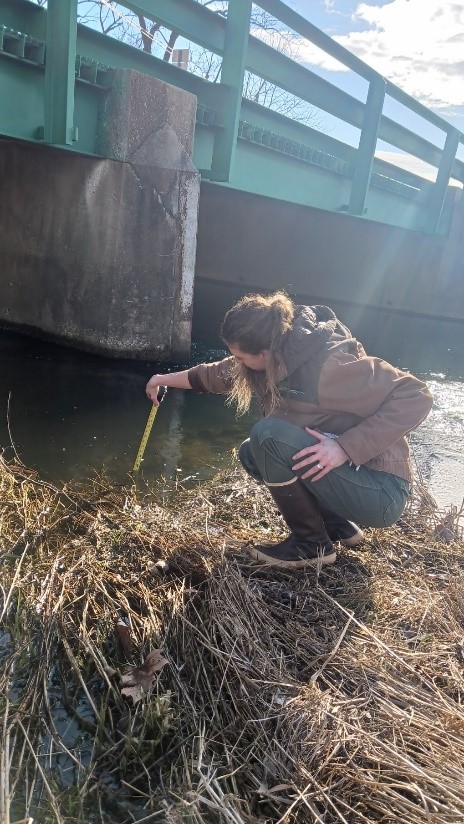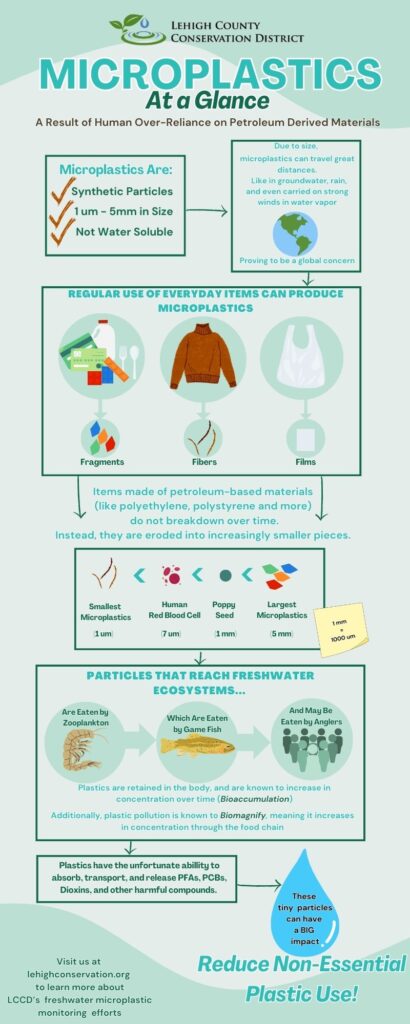


What Are Microplastics?
Microplastics are synthetic particles 1um to 5mm in size which do not biodegrade or dissolve in water. They enter our environment through degradation of every day items by typical use. Though ecosystem-wide effects of freshwater microplastic contamination are currently considered to be poorly understood; new academic, professional, and citizen science studies in this emerging field are continually adding to our understanding of this global issue.
A Toxic Relationship
Plastic particles are themselves composed of specific (sometimes proprietary) ”polymeric raw materials” like nylon, polyethylene, and polystyrene which make up the bulk of the product, and can release toxic chemicals upon combustion (5). However, certain chemical additives are introduced to the base polymers which change their properties to better suit the finished product’s intended use. These additives are often toxic and readily released to the environment due to increased solubility provided by their respective functional groups (6). For example, many dyes, stabilizers, and flame retardants are common additions, but contain some type of Polyfluoroalkyl (PFA), and are considered hazardous to human and environmental health by European REACH regulations (5).
Not only do microplastics release toxic leachates and volatiles, but NOAA findings indicate heavy metals, Polychlorinated Biphenyls (PCBs), pesticides, and PFAs, can be attracted to and absorbed by microplastic particles (7). PFA and PCB compounds are known carcinogens and have been demonstrated to cause other serious non-cancer health issues in laboratory settings. For example, one class of PCBs is described as “dioxin-like” due to similarity in chemical composition and known human health effects to dioxin. Dioxin is a highly toxic “dirty dozen” compound causing cancerous cell growth and disruption of hormones and internal organ function (2). The life-long implications of which can include reproductive issues such as infertility and birth defects, as well as metabolic disorders, cognitive impairment, and other diseases (4). PCBs were manufactured and released from 1929 through 1979, and, although their production has been banned by the Toxic Substances Control Act (as per EPA website), the possibility of human exposure still exists as the chemicals persist both in the environment and consumable fishes’ living tissues (3). While there are many pathways to exposure for PFAs, PCBs and dioxin, most exposure is due to releases like fires and pollution events from decades ago (1). Direct exposure does still occur as there are thousands of compounds classified as PFAs with different properties, many of which are still used in manufacturing non-stick pans, stain-resistant coatings, and other synthetic products (1).
Lehigh County Focus
In 2022, Penn Environmental collected freshwater samples from all Pennsylvania streams which have been designated High Quality (HQ) by PA Department of Environmental Protection (DEP), finding microplastic fibers and fragments in each. Though comprehensive in a statewide context, the study surveyed only two Lehigh County waterways, collecting samples from a single site for the Little Lehigh Creek and Saucon Creek, respectively. Samples were taken from the Lehigh River’s headwaters to the North in Monroe County, however, this location is upstream of Lehigh County and therefore outside of the Conservation District’s study area. The section of the Lehigh River which passes through Lehigh County also passes through the Lehigh Valley’s Allentown-Bethlehem-Easton metropolitan area, potentially experiencing an increased risk of plastic contamination due to population density.
LCCD seeks to expand upon those findings through a more intensive assessment of microplastic presence in Lehigh County streams via collection and analysis of freshwater samples from additional sites along county waterways. Of particular concern is the Little Lehigh Creek, as its water is regularly drawn and treated for consumption by Allentown City residents. Analysis of resultant data is of great interest to The District, and will bring additional guiding questions that will direct future research decisions.
Contact mwallner@lehighconservation.org
- https://www.epa.gov/sites/default/files/201510/documents/pcbs_cancer_doseresponse_assessment_and_application_to_environmental_mixtures.pdf
- https://www.epa.gov/dioxin/learn-about-dioxin
- https://oceanservice.noaa.gov/facts/microplastics.html
- https://www.ncbi.nlm.nih.gov/pmc/articles/PMC7068600/
- https://www.sciencedirect.com/science/article/pii/S0147651322007734
- https://portal.ct.gov//media/DEEP/PFASTaskForce/HHCBarlowBoydKempHoppeParr2019PFASToxicologypdf.pdf
- https://www.ncbi.nlm.nih.gov/pmc/articles/PMC8618759/
